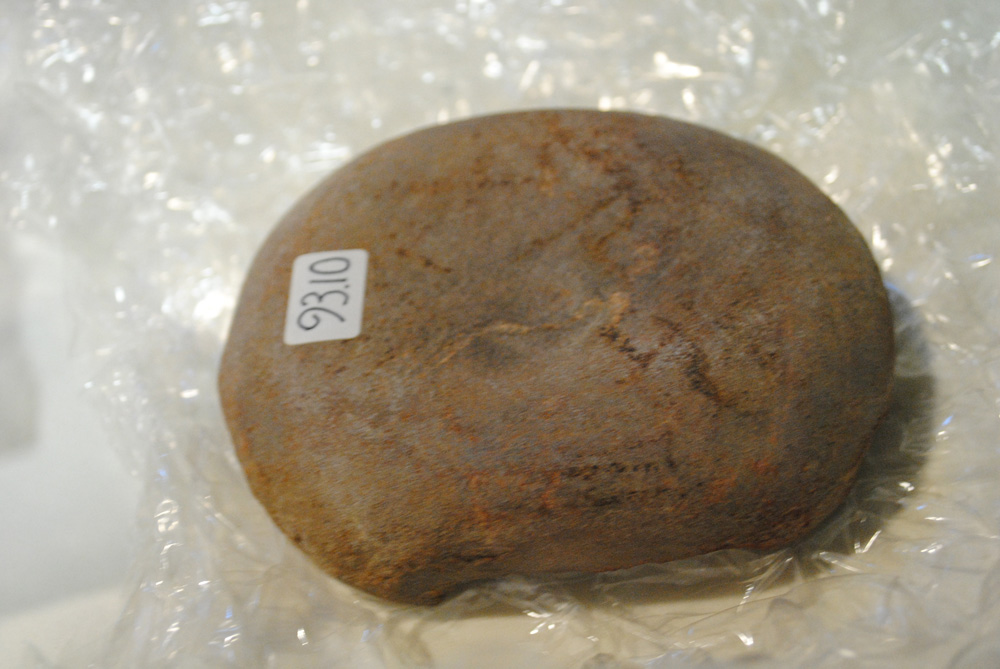1. Medicinal Uses of Plants and Herbs
What’s growing here? Mint, Thyme, and Rosemary
New Jersey’s farmers today cultivate and sell herbs, which consumers seek for seasoning and decoration in their homes. But, in the earliest days of people engaging with New Jersey’s land, Native Americans and European colonists alike experimented with and innovated remedies for ailments using herbs and plants.
Lenni Lenape Native Americans foraged for wild-growing herbs and plants. When they found a suitable plant for treatment, they offered gratitude to the plant by placing a pinch of lëni kwshatay (Indian tobacco) on it, and gathering nearby stems or leaves. Respected men and women of Lenape communities possessed extensive knowledge of the healing properties of dozens of plants, and maintained stores of herbs and plants to treat community members. However, all Lenape knew basic herbal medicine practices. The treatments were extensive. Some include using peach tree bark to relieve colds and a gargle made from a mud dauber’s nest to treat sore throats.
Early European inhabitants of New Jersey observed Lenape practices, and attempted to recreate them, often with disastrous results. Ultimately, European settlers relied on herbal remedies already practiced in Europe. For instance, they used mint to relieve external wounds and ulcers in the kidney and bladder. Rosemary treated headaches, epilepsy, and poor circulation.
For millennia, New Jersey’s residents have innovatively connected food and well-being.
PLEASE NOTE: The above information is not intended for medical use. If you suffer from an ailment, please consult a medical professional.

Lenape used this 3,000 to 5,000-year-old seed mortar to grind and pound seeds and plants for food or medicine preparations. This archaeological artifact was discovered along the banks of the Millstone River, near Princeton.
Collection of the Historical Society of Princeton